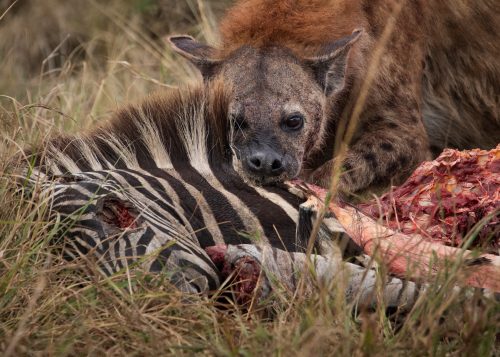
The rains have started. The days are warm. Clouds build up across the plains and in the evenings short bursts of rain fall throughout the landscape. Thunder echoes and wildebeest run.
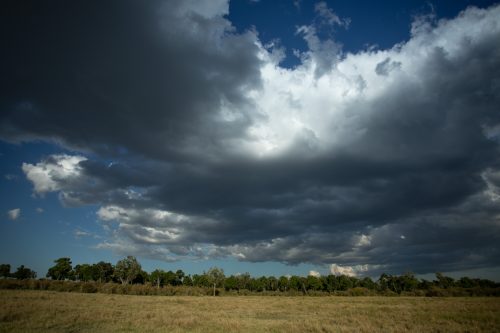
Trying to predict the movements of these animals is near impossible. We know they follow the rain, but when the rain is scattered and falling on both sides of the Mara River, and in both Kenya and Tanzania, it has the effect of splitting the herds into smaller groups. The reality is that the longer you spend in the Mara, the greater the chance you have of witnessing these smaller herds congregating into mega herds, and in seeing these mega herds trying to cross the treacherous river.
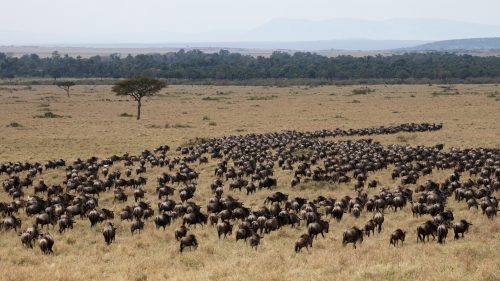
Like this herd which has begun to gather and make its way in an orderly fashion in the direction of the river.

A slow shutter speed of 1/60th of a second allows you to show movement, illustrating that these animals are often on the go.
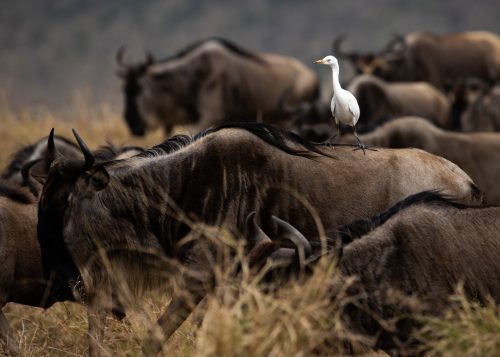
River crossings have a tendency to dominate the spotlight and a theoretical ‘heat-map’ showing the car movements in the Mara at the moment would show 99% of all the cars along the meandering river tracks. My suggestion is that if you happen to be in the Mara on one of the days when the wildebeest are not congregating en masse at the river, then perhaps drive in the complete opposite direction. In the vast Mara Triangle, it's easy to get far away and enjoy the absolute isolation. The wildlife is spread throughout the reserve and sometimes the most magical, moving and memorable sightings are the ones which you have all to yourself.
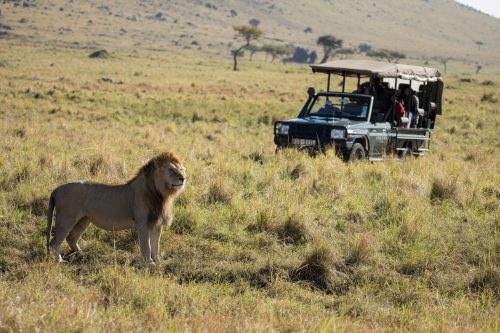
Like this sighting of Olalashe, as he looks out over his territory at the base of the Oloololo Escarpment.

A little further along, we came across Mrefu who seems to have settled comfortably into a territory once belonging to the legend Scarface.

Veering away from the river roads also led us towards this roller enjoying a sizeable lunch, tossing the frog up and down, squashing it in the process, before being able to swallow it whole. The more you explore the Mara, the more opportunity you have to find wonderful things. Whether it be a new jackal den-site with four pups, or a tree that makes for the perfect sunrise shot. There is magic around every corner.
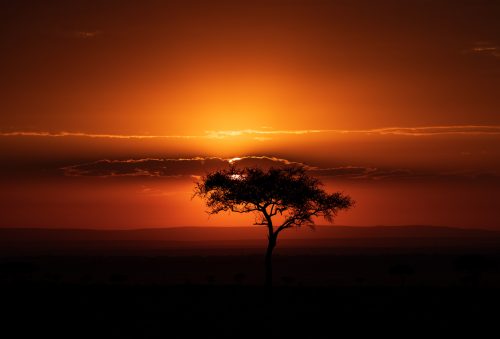
Nothing beats being out in the park at first light.
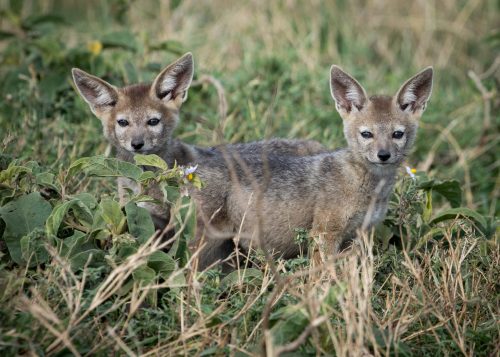
These young jackal pups are currently being stashed away in a termite mound south of the Salt Lick near the Tanzanian border.

Of course, there are also other options if you feel like a change from heading out on the roads. Hot air balloons allow you to soar, silently across the grasslands, over the forest fringes and above the Mara River. As the sun rises to the east over Rhino Ridge the light dances. Shadows flicker and the warm rays caress your cold face.
Up here you need to relinquish control. The winds determine where you will fly and how far you will go. Your job is to watch as life wakes up below your feet.
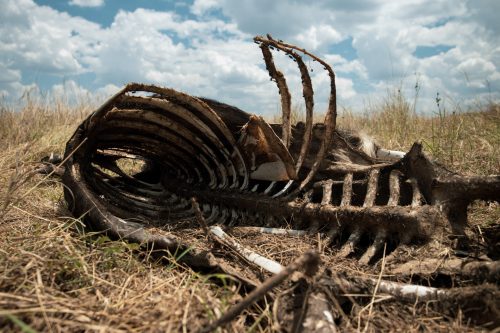
Witnessing life and death is part and parcel of the safari experience. Currently, rather macabre carcasses are dotted across the plains – each death providing life to many others. This wildebeest must have made it across the river, only to fall short at another obstacle.
Some predators, which ordinarily struggle to get by, can now feast and gorge themselves. Scavengers snack on the leftovers and the final remnants disintegrate back into the soil. The circle of life plays out daily here. How fortunate that we are allowed to witness this most natural of cycles.
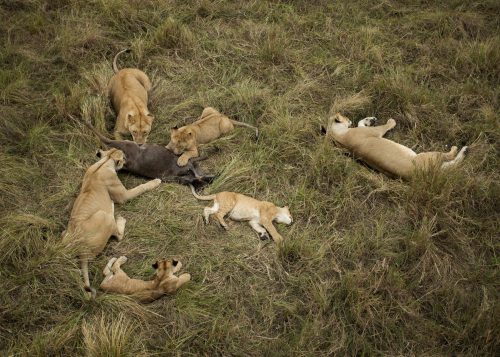
From above, we saw just how well all three cubs of the Owino Pride are doing - and at last the pride seems to be settled.
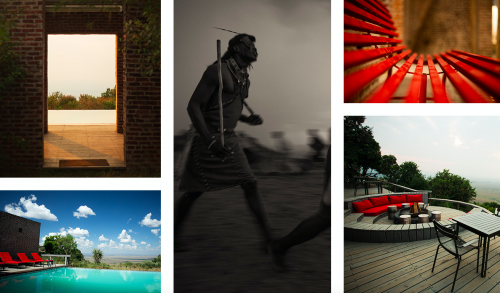
Back at the lodge you can relish the comforts of life. Dip your toes in the pool whilst looking out over what has to be one of the greatest views in Africa. Enjoy the seamless design of the lodge, and join us in the boma for an evening of Maasai culture and performance.
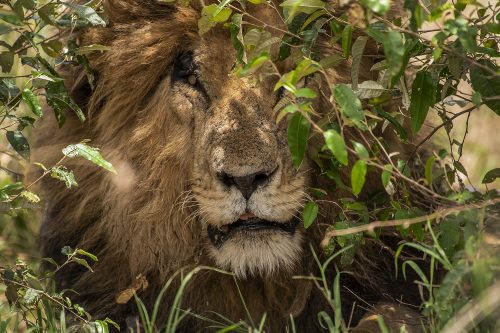
Scarface: every sighting is to be treasured. Two years ago Jeffrey Thige took a photo of this magnificent male lion hiding under a bush for shade. At the time we all thought he was on his last legs. We underestimate him; and two years later he still continues to provide us with infrequent, but special encounters.
Filed under: This Week at Angama
Subscribe for Weekly Stories
Comments (0):

Hot-air Ballooning